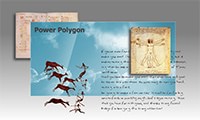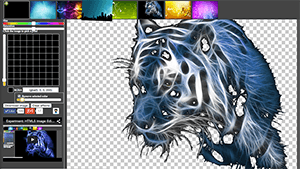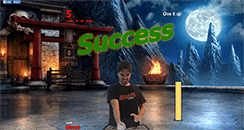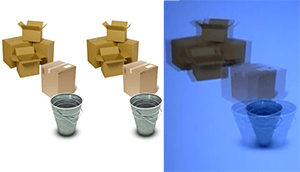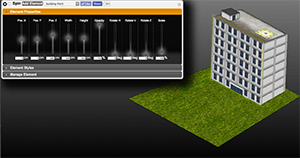First thing, you need a canvas element, and you need to treat it for those that which can't render the canvas element properly.
<body>
<canvas id="theCanvasElement">
whatever you write in here, will be shown ONLY
when your canvas cannot be rendered.
Of course, it accepts HTML tags
</canvas>
</body>
Ok, now, using event handlers we will treat it in our javascript
</body>
<script>
// yes, addEventListener does not work on IE
document.addEventListener('load', canvasHandler, false);
<script>
</html>
Good. When our page is loaded, it will call our method canvasHandler. Let's see how we will open the canvas to use with javascript:
// let's create some global variables.
// You can use it better with namespaces
var canvas= null;
var ctx= null;
canvasHandler= function(){
// first of all, we simply get the canvas element itself
canvas= document.getElementById('theCanvasElement');
// now, we need to have the CONTEXT to work with
ctx= canvas.getContext('2d');
}
Great, we have now in our variable canvas, the HTML canvas element itself. While the variable ctx has got its context. The context is what we will use to draw. It has the mothods and properties to allow us to interact with the canvas in 2D.
No, unfortunately it does not offer any other context besides 2D.
Our canvas still has no properties. It has no with and height, we can set it then.
From now on, all the javascript code must be set inside the canvasHandler function's body, under those lines shown before.
canvas.width= 480;
canvas.height= 340;
You probably know how to load an image from js, right?
var img= new Image();
img.src= 'url.png';
Ok, you can use it to insert images inside your canvas. Just like this.
// instantiate an image
var img= new Image();
// we need to use the image when it has finished to load
img.addEventListener('load', function(){
// after downloading the image, we can draw it into the canvas
ctx.drawImage(this);
// where this= the image just downloaded
});
// then, we say the image's url, to it start loading
img.src= 'url.png';
Ok, now you can see an image inside your canvas. The drawImage method supports some different structures refered by its parameters:
// draws the image in the position left=30, top=30
ctx.drawImage(this, 30, 30);
// draws the image in the 0/0 position, changing its size
ctx.drawImage(this, 0, 0, 45, 75);
// more complex, draws the image croping it
ctx.drawImage(this, 0, 0, 150, 150, 0, 0, 480, 340);
When cropping, you specify the image (this), the position to start showing it (0, 0), then the size you want to crop it (150, 150). After that, you will tell the canvas the size and position the image really is(0, 0, 480, 340).
Soon, I'll post about how to really draw into your canvas through javascript, adding lines, points and texts.








